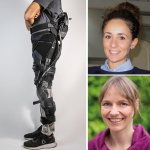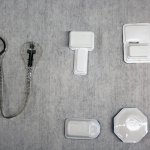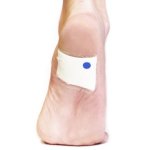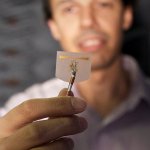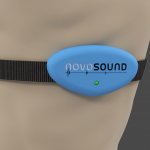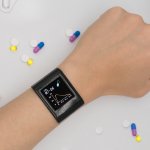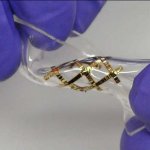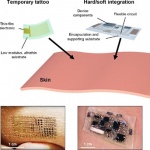
Article • Advances in mobile monitoring
Wearable technology transforms laboratory medicine
Remote monitoring via microfluidic platforms, AI-assisted sensor systems, and more: Attendees of the Labmed Forum at Medica saw impressive examples on how wearable technology is becoming a transformative force in laboratory medicine to improve real-time monitoring of patients, covering widespread conditions such as diabetes, asthma and COPD. With an emphasis on remote monitoring, devices are…



















